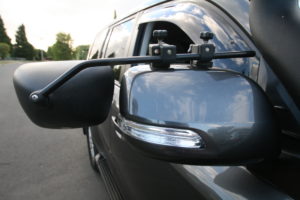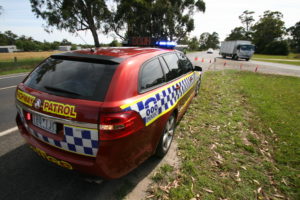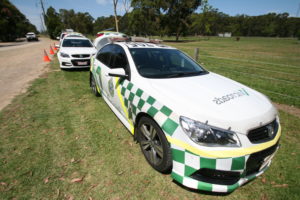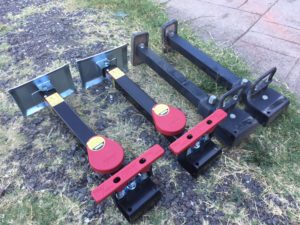The Weight Debate – Cop Weighs In
Sargent Graeme Shenton from Victoria Police knows a lot about caravans and how to ensure they are legal. He organised the caravan weigh-in at Newmerella back in January 2017. He is also an avid caravanner and has clocked up many miles driving across the country. His perspective on the weight issue is unique. Here he shares his thoughts on the subject and offers some very sound advice to anyone trying to understand how to get their rigs legal.
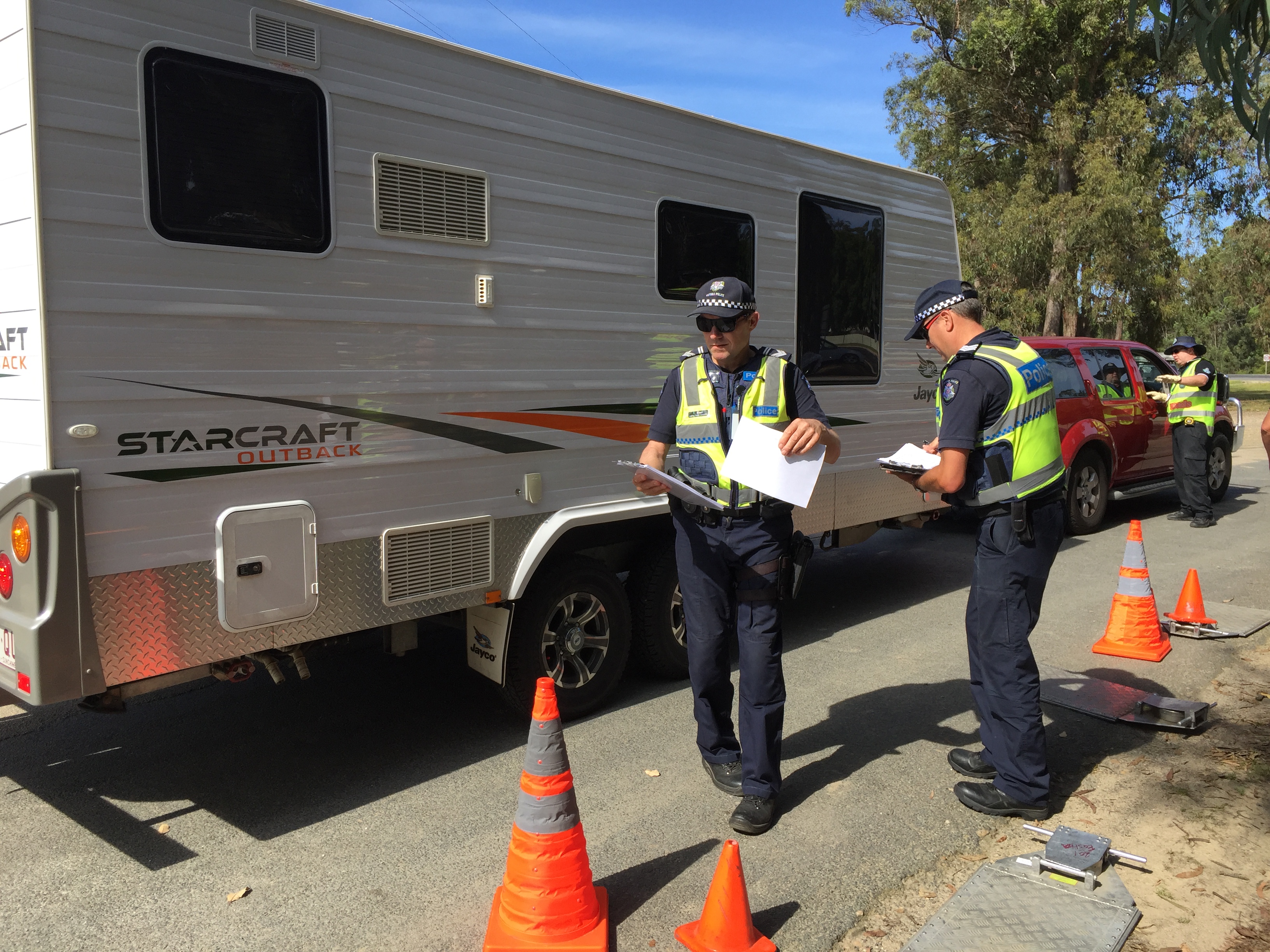
The discussions about weights has been in the forefront of many people's minds since Vic Pol ran their weighing operation in January. Whilst all these discussions have been very successful in pushing the compliance message out to many more van owners and perspective buyers, there has been some misinformation spreading across social media and around the camp fire.
I follow many of the large and very popular caravan lifestyle forums and Facebook groups. Matt Sutton who owns Everything Caravan and Camping and Marty Ledwich who owns RVeeThereYet.com have been incredibly helpful in furthering the cause.
On a recent 2 week trip with my family up to Lightning Ridge, I had some conversations with other vanners over a drink as you do. The talk about weight compliance came up and I sat and listened to some of the "facts" that were thrown around. Amongst all the information being shared were some "facts" about GTM. Likewise, whilst reading numerous social media posts about weight compliance I have been seeing these same "facts" popping up.
Here is the usual quote from the person with the fact...."....I only worry about GTM, if I'm not over GTM I am legal..." I also see pictures of many van owners weighing their van. Again saying "....so happy to see we will be compliant..." when the weight displayed is only the GTM.

If you are weighed by police or any other roads authority, they are not interested in GTM. It means nothing in isolation. GTM is only useful as part of the calculations to determine ATM and GCM. GTM is ONLY the weight on the axles, not the total weight of the van.
To better understand this, lets look at how GTM is actually determined before it is stamped on the compliance plate.
1. A new van rolls off production line and is weighed. This is TARE weight.
2. Tow ball weight is measured. This is tow ball weight at TARE.
3. Manufacturer decides what payload to add. TARE + PAYLOAD is ATM.
4. Tow ball weight at TARE is subtracted from ATM. This is now your GTM.
5. Manufacturer stamps these numbers on the plate and also adds Max Axle Group and (sometimes) Max Ball Weight.
If and when you are weighed for compliance, the only weights the compliance officer is interested in are ATM, Max Axle Group and Ball Weight.

This is because the GTM is variable according to weight distribution. The weight on the axles changes during loading. If you have all the weight over the axles, your measured GTM will give a different result compared to spreading weight forwards or rearwards from the axles.
Example. Typical van. TARE 2000kg, ATM 2500kg, GTM 2350kg. Ball Weight at TARE 150kg. Max Ball weight 250kg. These are all pretty standard numbers you will find stamped on the compliance plate.
Now, add a load until you get to GTM of 2350kg. All good according to some. But, now you add the ball weight to get ATM. This ball weight will no longer be the 150kg weight measured at empty because unless your entire load is directly over just the axles, some of the loaded weight has transferred from the axles to the ball weight. Let's say you now have 235kg on the ball. Add that to your target GTM of 2350kg and you get a total weight of 2585kg. You were happy because you are not over GTM however, you are now non compliant against ATM by 85kg.
Next, redistribute the same load. Move 100kg to the front of the van. Now your GTM will read 2250kg and well done, you can post a picture declaring you are under weight. But AGAIN, you still need to add the ball weight. This has now increased by the weight of the load you moved forward to 335kg. The total weight, ATM, remains the same 2585kg. You are still under on GTM but overweight on ATM.
It is basically a near impossible task to load your van to GTM and still be safely under ATM with an adequate ball load. The majority of vans carry around 10% of the total load (ATM) on the tow ball. So in our example case 250kg. Subtract that "safe" 250kg ball load from the plated GTM and you are left with 2250kg. 100kg less than what is plated. So, this means that as your ball weight increases during loading from the empty measurement of 150kg, you need to reduce your GTM by the same figure. If you measure your ball weight at 200kg, your GTM could be no more than 2300kg to remain under ATM. Even if you carefully measure everything you load into the van to get exactly 500kg payload, and hit the 2350kg GTM, your ball loading will only be at the same empty ball weight of 150kg. In most cases, too light. So you move load forward to get to the max 250kg, and now the GTM is 2250kg. You can't now add another 100kg to hit GTM again as that will make you 2600kg ATM. Again overweight.

So, the only proper way to weigh the van for compliance is to unhitch it and measure the total weight including tow ball. This weight must not exceed the rated ATM on the compliance plate. Weighing only the GTM could cause you to end up overweight purely through misunderstanding what is required.
Buy yourself a good set of ball weight scales. Go to the weighbridge, get the happy snap of the GTM whilst hitched to the car. Then come home and complete the weighing process by unhitching, weighing the ball load and add that to the GTM you just got.
Once you add those figures together, it is now clear what actions you need to take as you have everything you need to know at your disposal. The plated ATM and Max ball loading, and the weighed GTM and Ball loading. You now just need to adjust your loading to obtain a perfectly balanced and legally compliant van.


